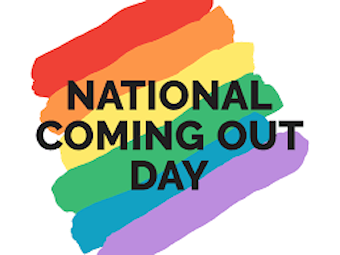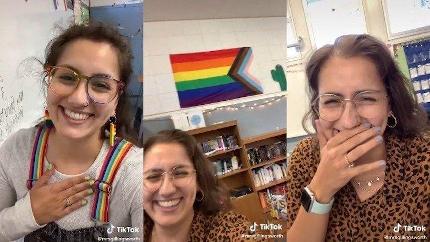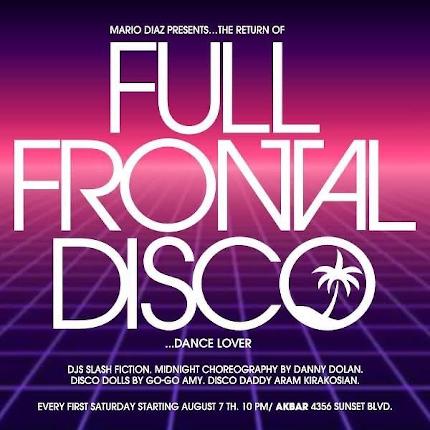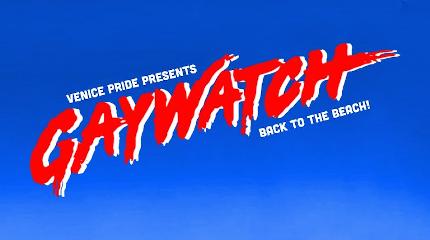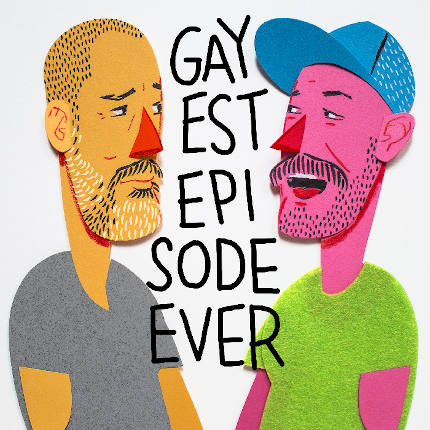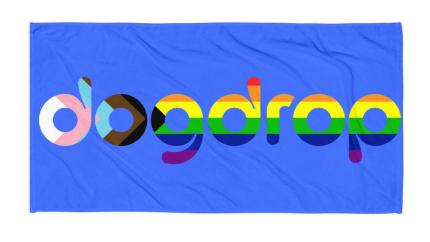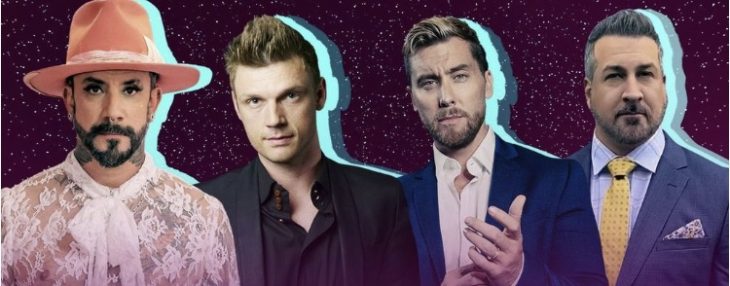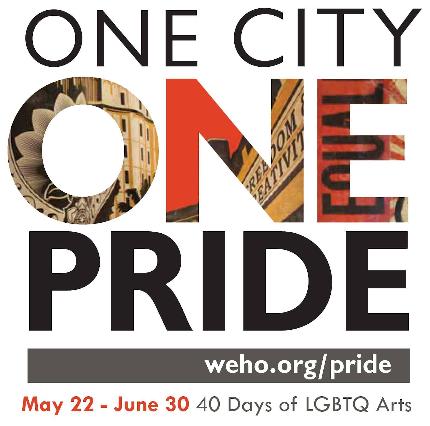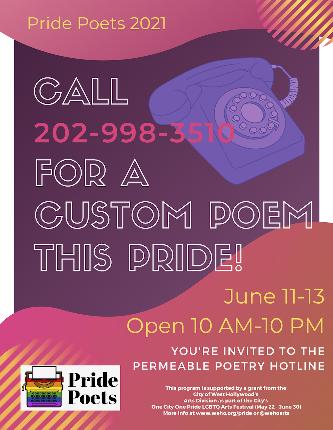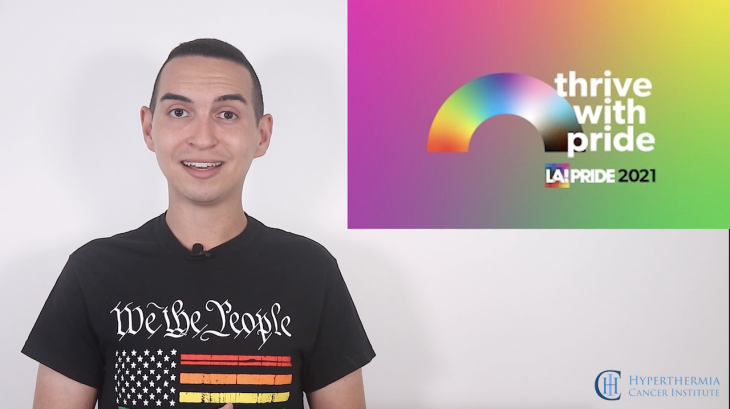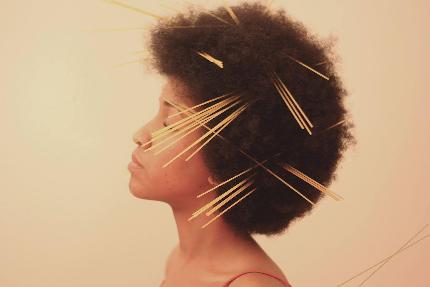The ABC four part mini-series looks at the gay rights struggle over the past 40 years.

Over the last few decades, Hollywood has made great strides in its efforts to tell more queer stories. We have seen an uptick in both queer supporting characters as well as feature films that tell LGBTQ stories. We can also thank networks like Showtime, HBO and Lifetime.
ABC’s mini-series “When We Rise” is the first full-length feature about the LGBTQ community to air on one of the major networks. It touts itself as a film that tells the entire story of the struggle for gay rights from the Briggs Initiative of the 70s all the way through the recent fight for marriage equality. The story is told through the eyes of four LGBTQ activists based in the heart of the movement, San Francisco.
It does an amazing job giving historical context to the 40-year battle for equality. The series centers on a young feminist activist Roma Guy, Harvey Milk protégé Cleve Jones, and Navy man turned activist, Ken Jones. It’s hard to believe that their lives were so organically woven into events that so closely drove the movement. However, through great story telling from “Milk” screenwriter Dustin Lance Black, we can concurrently see how these world events unfolded and how they affected the characters close to home.
I saw a special advance screening of the film in the heart of the neighborhood where most of the action takes place: San Francisco’s legendary Castro Theatre.
Anytime I watch a film that is supposed to be about queer history, the first thing I do is put my police hat on to see how they treat race and QPOC characters. It’s a necessary evil because we are accustomed to being erased from queer films and narratives.
I came out of “When We Rise” very cognizant that by the end of the film the overall presence of QPOC was minimal compared to that of white characters. I was aware, but I wasn’t angry.
A friend asked me how could I not be upset about QPOC being left out of this film that was supposed to represent the entirety of our fight for equality. You must look at the way the narrative was structured to understand. We couldn’t be included. I hear you asking, “Carolyn how in the hell is that possible?” Basically, the way we were left out of the narrative perfectly mirrors the way that the dominant white queer community marches on, acting like marriage equality was and is the last bastion of queer social issues.
By limiting the scope of the narrative to these four characters, you limit the story that is being told. It’s impossible to tell the story of the entire queer community when you have such a monolith of characters. The characters presented represent the very white driven queer organizing communities that make a habit of ignoring the important work done in communities of color; ignoring racism within the queer community or the elevated dangers for queer people of color. If they are never in contact with QPOC then how can you include us in the story?
The best way to describe this to chronicle QPOC appearances in the series. Watching Episode 1, I was so excited! In addition to the main character Ken, you had lots of representation of Black and Latino people from all over the community. Michael De Lorenzo as a drag performer, appearances by legendary disco singer Sylvester, and black women organizers. However, towards the end of Episode 2, the focus shifts to the AIDS epidemic of the 80s.
Despite the way AIDS ravaged the black community, you see little evidence of this aside from Ken’s eventual diagnosis alongside his white partner. By the time Ken’s partner passes away at the beginning of episode three, you have stopped seeing Latino characters all together.
After his partner dies, Ken starts to descend into drugs and alcoholism. With him goes any trace of QPOC visibility. To me, it’s indicative of the eyes that the story is told through. If you are telling it through the eyes of organizers and organizations that didn’t then or now “see” the QPOC community, or the needs of QPOC as major issues, how are you going to include those stories in this narrative? You can’t. As I put it to another friend, our organizers didn’t fall from the Harvey Milk tree, so that’s not the story that was told. That may sound harsh but it’s the truth.
Do I suggest audiences watch the series? Absolutely. It gives a great basic framework of the decades-long struggle of queer people for equality in this country. It is also a very well produced film with great performances and some real cool cameos. It is for us QPOC storytellers and filmmakers to fill in the gaps and tell our stories. It is my hope, that with the amazing Best Picture win for the film “Moonlight”, we will get more major opportunities to tell these stories.
A version of this article originally appeared on the blog Knockturnal Emissions, and is reprinted here with permission.

